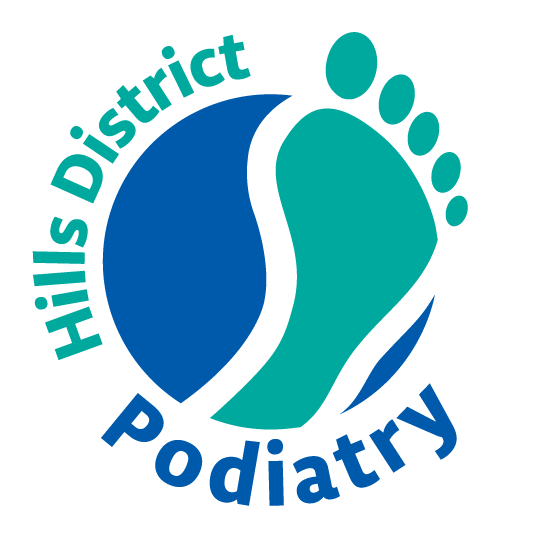Ingrown Toenail Surgery
Ingrown Toenail Surgery
Charcot Foot Syndrome (also known as Charcot Neuropathic Foot, Charcot Arthropathy or Diabetic Charcot Foot) is a rare progressive condition that primary affects the bones, joints and the soft tissues of the foot and ankle. Although very rare amongst the general population it is more commonly seen in diabetic patients. The exact cause of the condition is unknown however there are various theories. It is thought to be caused through a combination of trauma and continued weight bearing on a neuropathic foot resulting in uncontrolled inflammation and a breakdown of the bones and joints of the foot. However this has yet to be proven as to be the exact cause and is still theoretical at this stage
What can a podiatrist do to treat ingrown toenails?
In many cases, treatment is as simple as carefully removing a small section of nail. This is often painless. Nail surgery is also regularly used by Podiatrists to effectively treat ingrown toenails. Surgery may be required when a nail is repeatedly painful or infected. The Hills District Podiatry team will always explore conservative treatment options before reverting to surgery. One of those options is Nail Bracing. If conservative treatment options are not indicated Nail Surgery also known is a Partial Nail Avulsion (PNA) may be performed.
What does ingrown toenail surgery involve?
A “Partial Nail Avulsion” (PNA) is a minor nail procedure, which is designed to permanently fix ingrowing toenails. The procedure takes approximately 60 minutes from start to finish and involves the use of local anaesthetic. The anaesthetic usually wears off in about 2 hours. Under local anaesthetic a tourniquet is placed around the base of the toe to control bleeding while part toenail is removed.
During the procedure a small section of the toenail is removed from the troublesome edge and a chemical called phenol is applied to the nail bed to prevent regrowth of that section of the nail. Prior to any surgery your podiatrist will conduct a thorough assessment of your general health, which will involve questions about your current and past medical history (including medications).
Your podiatrist at Hills District Podiatry will consider a number of factors before deciding if nail surgery is suitable for you.
Having the Surgery, what should you bring?
Thongs or open toed shoes to wear after the procedure After the local anaesthetic you can’t drive home. You’ll need to have someone with you. It’s not necessary but some people find that bringing their iPod to play music, a book or something to help distract you during the surgery can help, especially for those with a fear of needles.
What happens after the surgery?
Your podiatrist will educate you on post-surgery care. Usually it involves re-dressings at home and a follow up appointment with your podiatrist to make sure that your toe is healing well. For the first few days we advise you on pain relief, what shoes to wear and activity modification if necessary.
The podiatrists at Hills District Podiatry are experts at managing and preventing ingrown toenails. If you suffer from ingrown toenails and want pain relief please contact us for an appointment.
